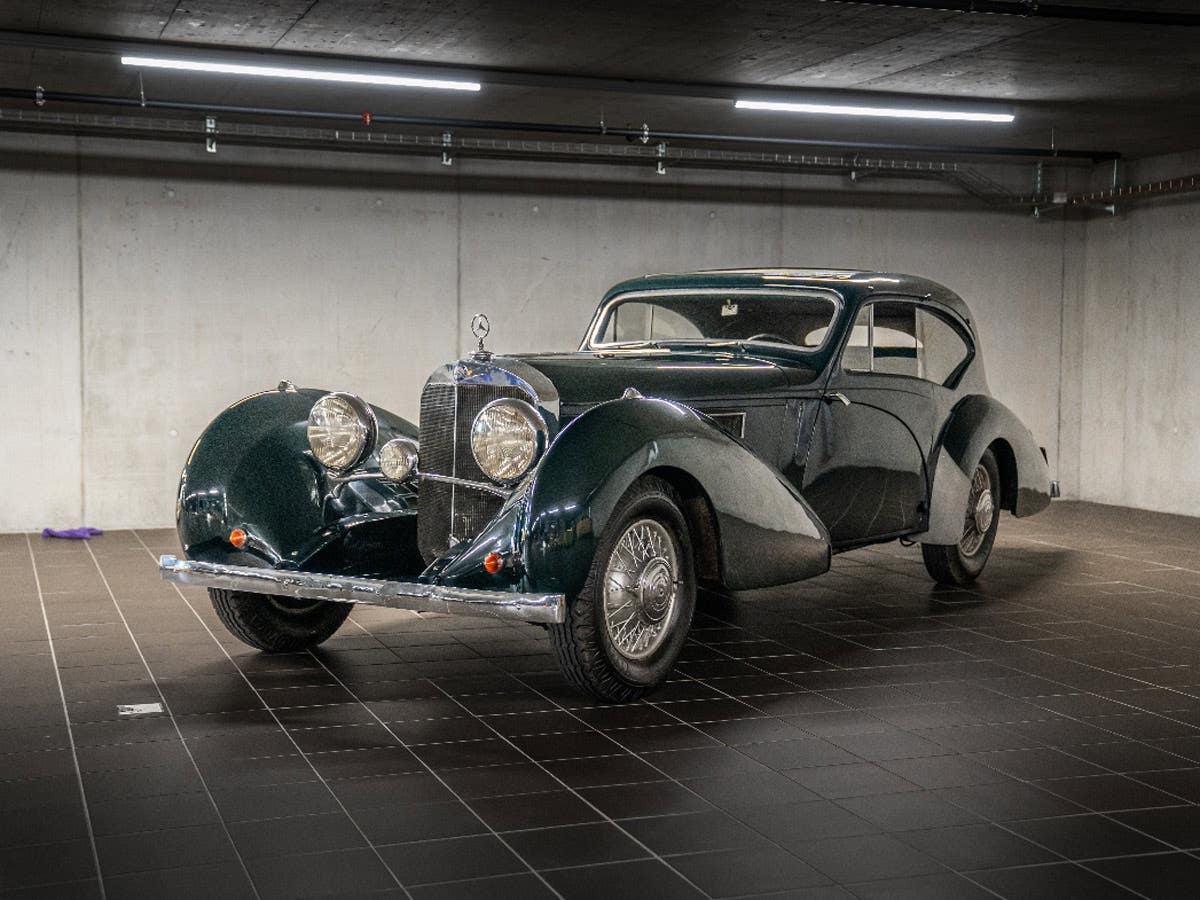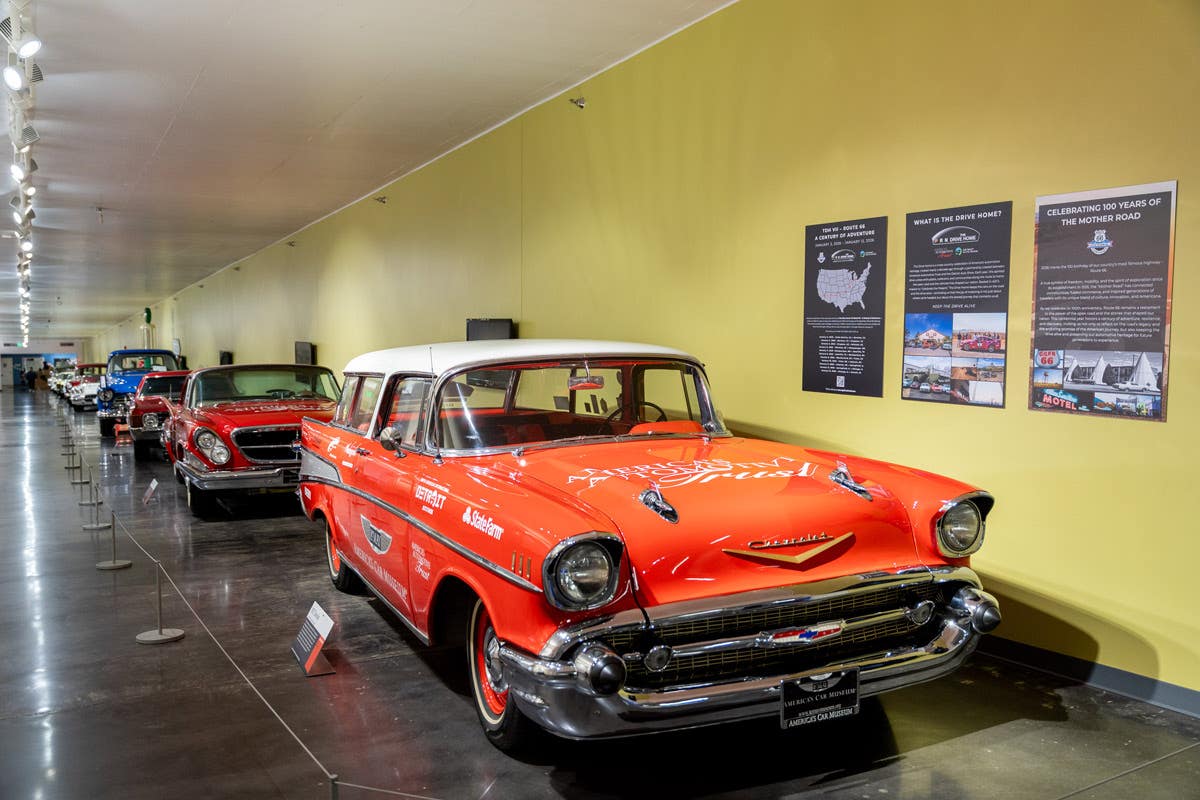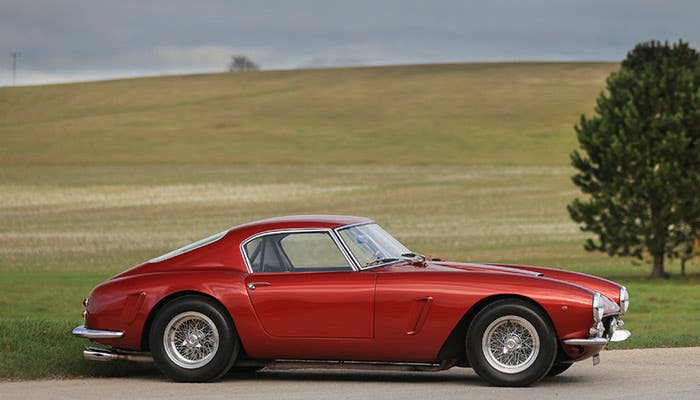How to Maximize the Life and Gas Mileage of Your Older Car
The cars of yesteryear were real. They had substance and sustainable value. Many drivers still hold on to their older cars as a way to touch the past – and to get to where they need to go! Maybe your car doesn’t have curtain airbags and a computerized traction control system, but it still has class and style all its own. Here are techniques for the care for your older car and also ones that you can use to maximize its fuel efficiency.
The cars of yesteryear were real. They had substance and sustainable value. Many drivers still hold on to their older cars as a way to touch the past - and to get to where they need to go! Maybe your car doesn't have curtain airbags and a computerized traction control system, but it still has class and style all its own. Here are techniques for the care for your older car and also ones that you can use to maximize its fuel efficiency.
Caring for older cars and increasing gas mileage:
Now, some of these tips may sound obvious or mundane, but the reason that they do is because we have heard them all of our car-caring lives. The question to ask yourself is - are you actually implementing them in your general car maintenance/driving strategy.
• It's important to keep track of your gas mileage. You can't just go off of what the sticker on the window said it would get 35 years ago! It's easy. Just put a small notepad in the glove box and write down the mileage and amount of gasoline put in at each fill-up. This way, you can make a simple computation to determine your true gas mileage. Now that you know what it is, you can take action to improve it!
• Learn to be mindful of your driving habits. Slow down if you're a leadfoot. Put some distance between yourself and that car in front of you. You can't drive straight through them! By having this buffer, you will brake less and save gas.
• When you see a red light in the distance, start slowing down sooner. Why drive right up on it before slowing down? Remember: Braking. It takes gasoline expenditure to get your car moving up to speed. Learn to coast so that you don't have to come to a complete stop at red lights. Coasting to red lights also eliminates burning gas while sitting still at them getting 0 miles per gallon. Maximize your momentum!
• Try to keep that buffer and remain in motion in congested traffic. It's all about making the most of the momentum that you have built up. It uses a lot more gasoline to keep restarting from a dead stop than to remain in motion - even just a little bit.
• Ease into acceleration. Turn your lead-based gas foot into a feather-based nudging toe! When you try to force your older (or newer) car into instant motion, you are simply wasting fuel and wearing out mechanical parts. Slowly build your speed up, but be mindful at the same time, of impatient drivers who may be prone to road rage.
The above five tips are especially useful for drivers of older cars. They (the cars) normally weigh more than newer cars and they have tender, vintage components that want to go on living for a long time to come. Older vehicles, like newer ones, also need regular maintenance including:
• Regular oil changes;
• Fresh air filters (a car's gotta breathe, you know);
• Periodic radiator flushing;
• Tire pressure regulation;
• And a good tune up from time to time.
Combining the techniques for not wasting gas with solid general maintenance practices will keep your older car or truck operating like new for many years to come. People who own older vehicles don't miss the days of making monthly payments on their new auto loans, or the days when they worried about getting that first nick or scratch on the paint. Treated correctly older vehicles will continue to serve their proud owners as well as society in general by using gas efficiently. Make your older vehicle the King of the Road - again!








